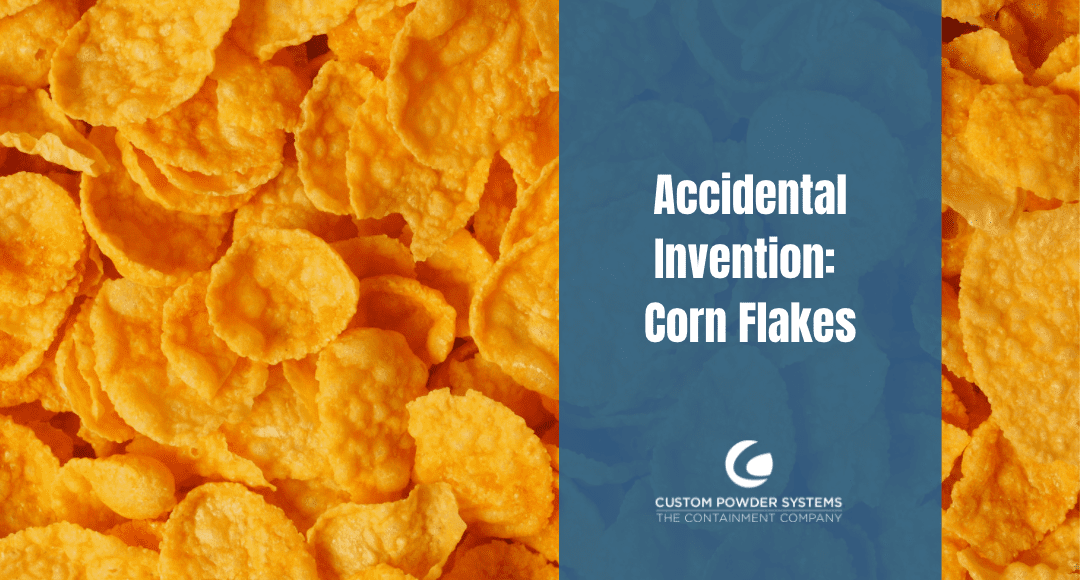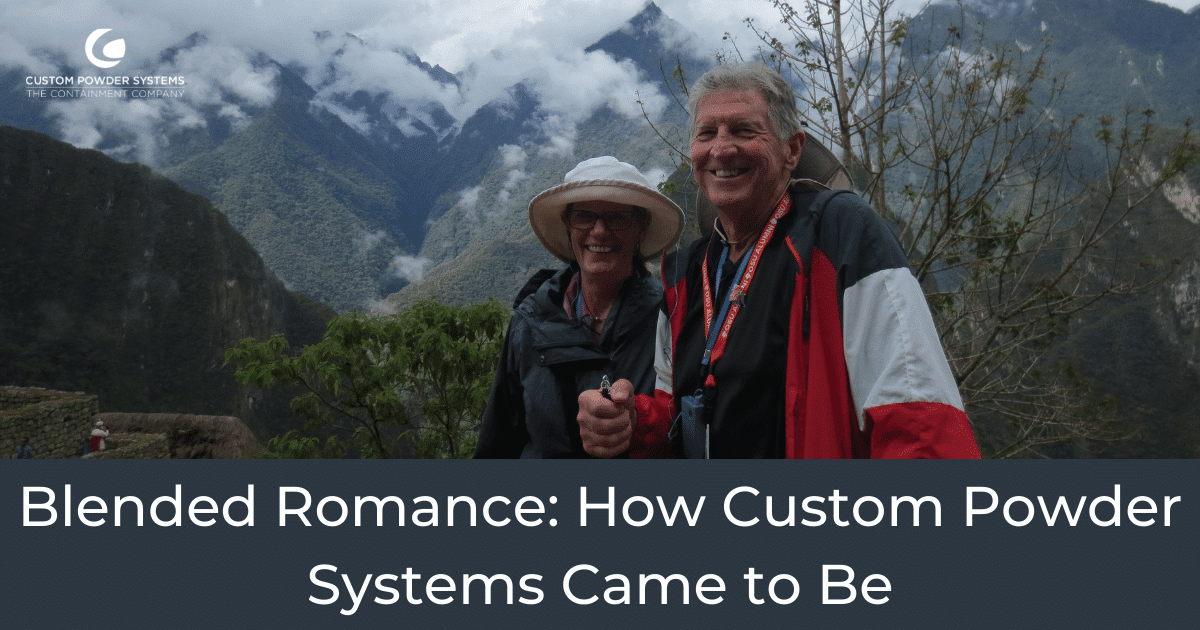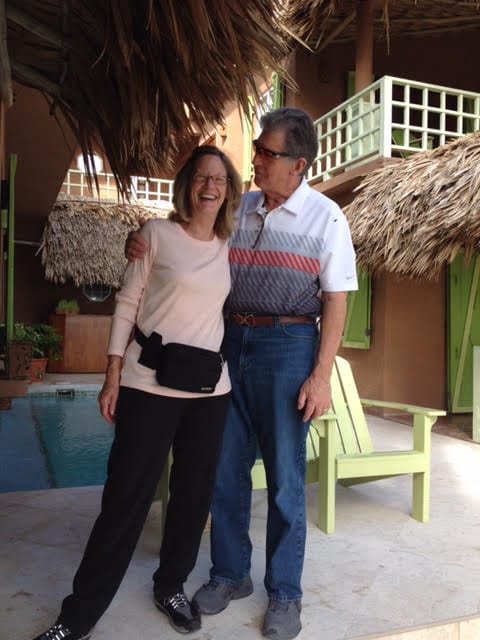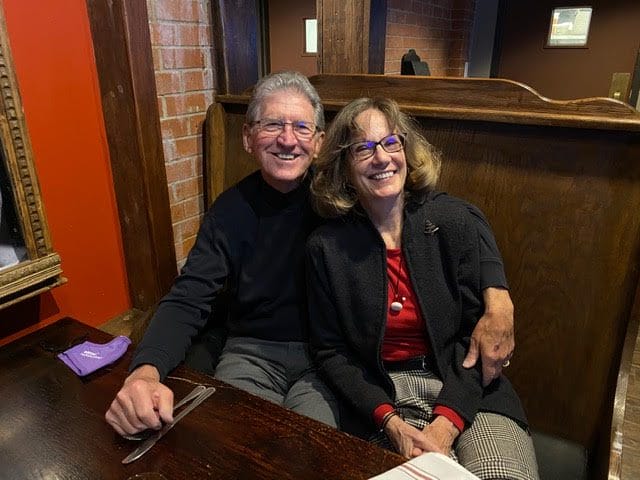A trailblazer in science and technology, theoretical physicist Dr. Shirley Ann Jackson is responsible for the research behind numerous innovations in telecommunications such as the touch-tone telephone, portable fax, and fiber optic cables. Her legacy is also that of an influential leader in education & public policy and a steadfast advocate for women and minorities to join the scientific community.
With an impressive career spanning multiple industries such as academia, government, and business, theoretical physicist Dr. Shirley Ann Jackson has shattered glass ceilings while significantly impacting how we communicate and connect in the modern age. She is credited for numerous advancements in science and technology, education, and public policy, leading her to be inducted into the National Women’s Hall of Fame in 1998.
History-Making Education
Dr. Shirley Ann Jackson was born in Washington, D.C. on August 5, 1946. From a young age, she showed a remarkable aptitude for science and mathematics, which led her to pursue higher education at the Massachusetts Institute of Technology (MIT). There she earned her Bachelor’s, Master’s, and Ph.D. degrees – all in physics – becoming one of the first two African American women to earn a doctorate in physics in the U.S., and the first to earn a doctorate from MIT.
Telecommunications Research
In 1976, Dr. Jackson joined the technical staff at AT&T Bell Laboratories, where she researched the electronic properties of ceramic materials and began her work in telecommunications. Throughout her tenure, she conducted pioneering research that laid the groundwork for many of today’s telecommunications technologies such as the touch-tone telephone, portable fax, solar cells, fiber optic cables, and the technology behind caller ID and call waiting. Dr. Jackson was named a Fellow of the American Academy of Arts and Sciences & the American Physical Society, and she has received 53 honorary doctorate degrees.
The impacts of her research cannot be overstated. The touch-tone telephone made communication more accessible and efficient for millions worldwide and laid the groundwork for the foundation of mobile phones, smartphones, and other handheld devices integral to our daily lives. Similarly, her work on fiber optic cables became the backbone of modern internet infrastructure, making high-capacity data transmission possible. This real-time communication across continents has transformed industries, facilitated remote work and learning, and fostered global collaboration on an unprecedented scale.
Presidential Status
In 1995, President Bill Clinton appointed Dr. Jackson as the first African American Chair of the U.S. Nuclear Regulatory Commission (NRC), where she implemented significant improvements in regulatory environmental and public health & safety standards and led the formation of the International Nuclear Regulators Association (INRA). Later, President Barack Obama appointed her to the President’s Council of Advisors on Science and Technology and named her co-chair of the President’s Intelligence Advisory Board and the President’s Innovation and Technology Advisory Committee.
From 1999 to 2022, Dr. Jackson served as the 18th (and also the first woman and African American) president of the Rensselaer Polytechnic Institute (RPI), where her efforts to improve the quality of education and research opportunities significantly increased the university’s national rank and the number of student applicants. During her tenure, she led initiatives to attract low-income, female, international, and other underrepresented students, seeing the value of differing perspectives and advocating for more women and minorities to pursue careers in science. Today, RPI has more diversity in gender, ethnicity, and geographic background than ever before.
Awards and Recognition
Throughout her illustrious career, Dr. Shirley Ann Jackson has been presented with numerous honors and accolades for her work. In 2007, she received the National Science Board’s Vannevar Bush Award for “a lifetime of achievements in scientific research, education, and senior statesman-like contributions to public policy.” In 2011, she earned the prestigious Philip Hauge Abelson Award from the American Association for the Advancement of Science for her “extraordinary leadership of and contributions to the scientific community, government, universities, industries, and future generations of science and engineering professionals.”
In 2012, Dr. Jackson was given the inaugural America Competes Award for Public Service by the U.S. Council on Competitiveness, calling her “a leader who has worked tirelessly to improve the quality of life in America and abroad, through public service and private sector outreach, and to those who show an extraordinary commitment to excellence and the American spirit.”
On May 19, 2016, she was awarded the National Medal of Science, the nation’s highest honor for contributions to science and engineering. On what she now considers the proudest day of her career, she was recognized for her achievements in research, science-rooted public policy, and inspiring the next generation of STEM talent – the three main fields in which she strived to make a difference.
Dr. Jackson’s journey serves as an inspiring example of what’s possible when passion, talent, and opportunity intersect. Her groundbreaking work in telecommunications has enriched our lives in countless ways, and her influence as an advocate for women and minorities has empowered students and other researchers to become more involved in science and technology for decades. As stated by Time Magazine, she is “perhaps the ultimate role model for women in science.”
For more stories about professional women whose perseverance made them inspirational figures in their fields, check out our podcast, The Art of Engineering. You can also read about the innovations of Alice H. Parker, Grace Hopper, and Hedy Lamarr.
To learn more about Custom Powder Systems and the art of engineering, sign up for our newsletter.












